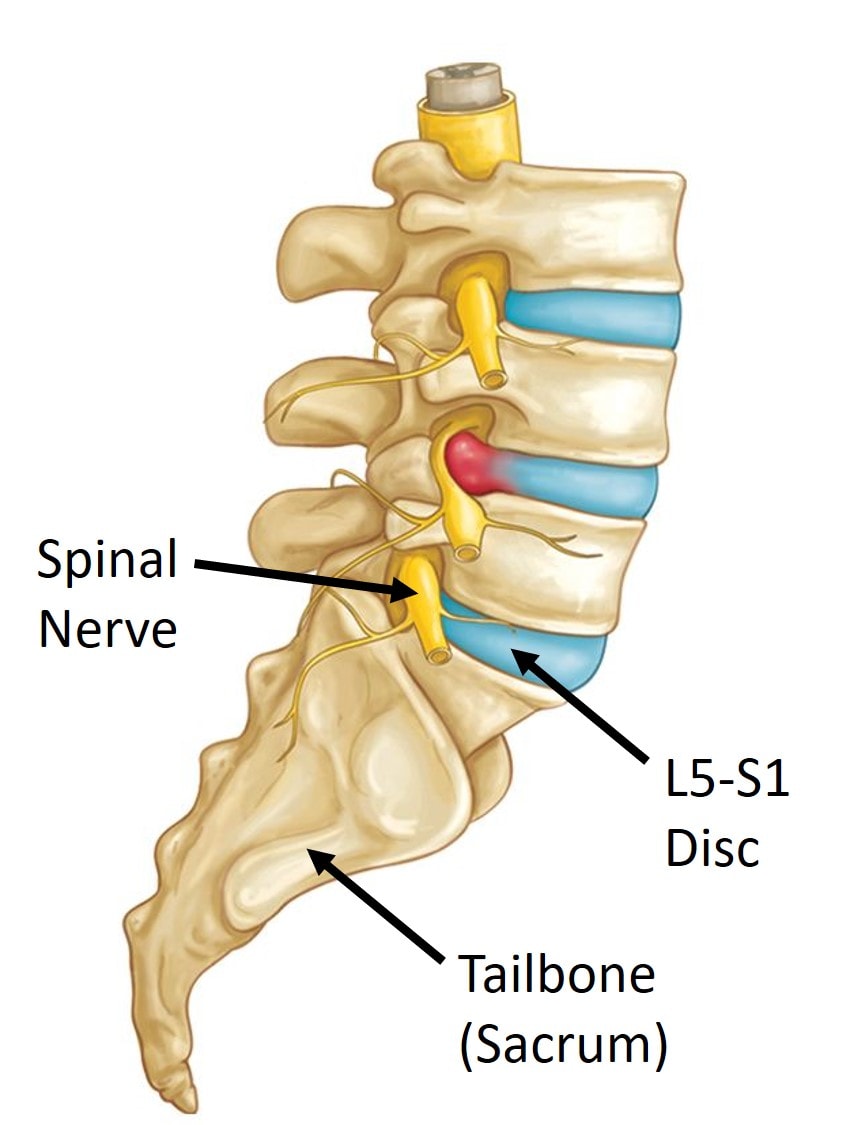Mild Disc Space Narrowing

Although degenerative disc disease due to aging is the main cause of spinal narrowing it can also be caused by tumors spine injuries or trauma metabolic condition or rare cases in individuals who were born with a spinal canal that is narrower than normal.
Mild disc space narrowing. Degenerative disk disease may also lead to muscle spasms. This can be painful as the bones rub or put too much pressure on each other. The most frequently encountered is degenerative disc disease a process of gradual deterioration of an intervertebral disc mainly due to osteoarthritis. When the disc compresses the spinal cord or nerve root replacement can be an option.
The l5 s1 areas are two joints at the lowest part of the spine. Disc desiccation is one of the most common features of degenerative disc disease. Others may experience pain tingling numbness and muscle weakness. Your doctor may suggest medicine to help relieve them.
When joint space narrowing occurs the cartilage no longer keeps the bones a normal distance apart. Like many diseases degenerative disc disease has several possible stages. Symptoms can worsen over time. Spinal stenosis is a narrowing of the spaces within your spine which can put pressure on the nerves that travel through the spine.
The disc is replaced with an artificial disc to preserve motion at the disc space. Mild disc space narrowing is a common condition in older patients meaning the spacing between l5 and s1 lumbar 5 vertebrae and. It refers to the dehydration of your discs. Compromised discs increase the likelihood of pressure on nerves and friction between the vertebrae.
However besides narrowing of disc spaces there are other factors involved with degenerative disc disease. The space between discs can narrow due to fluid loss that also leads to narrowing of space between vertebrae states mayfield clinic. In most cases this disc degeneration is located at the lumbosacral junction between the l5 and s1 vertebrae. Disc space narrowing is associated with a condition called degenerative disc disease.
Spinal stenosis occurs most often in the lower back and the neck. Over time or due to injury the discs can lose their integrity begin to thin and even tear in certain cases. Your vertebral discs are full of fluid which keeps them both flexible.



















